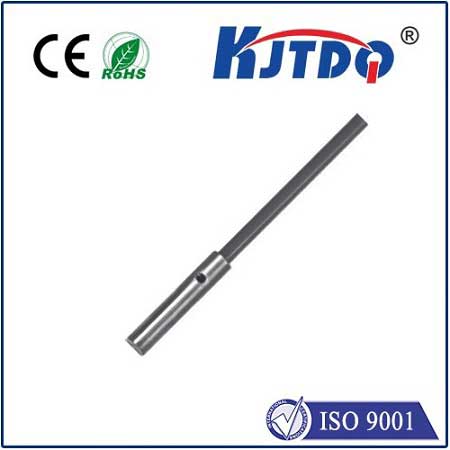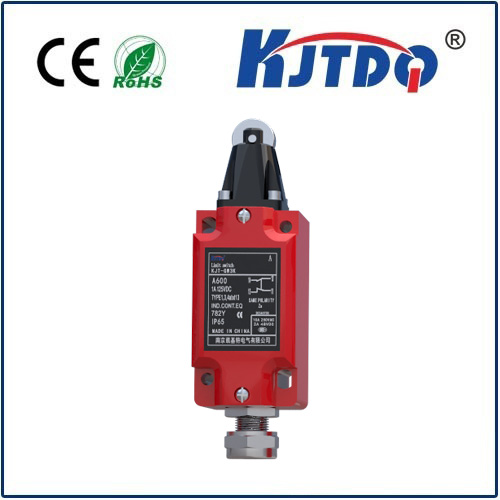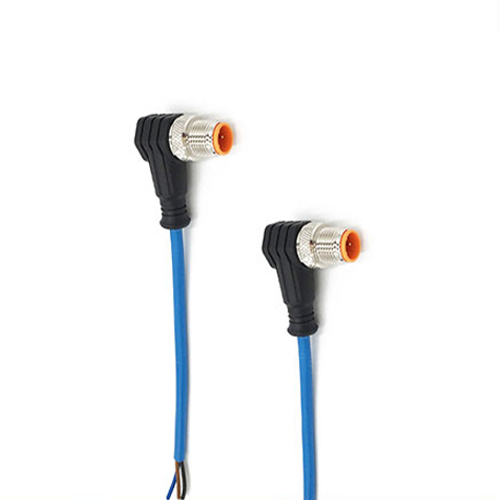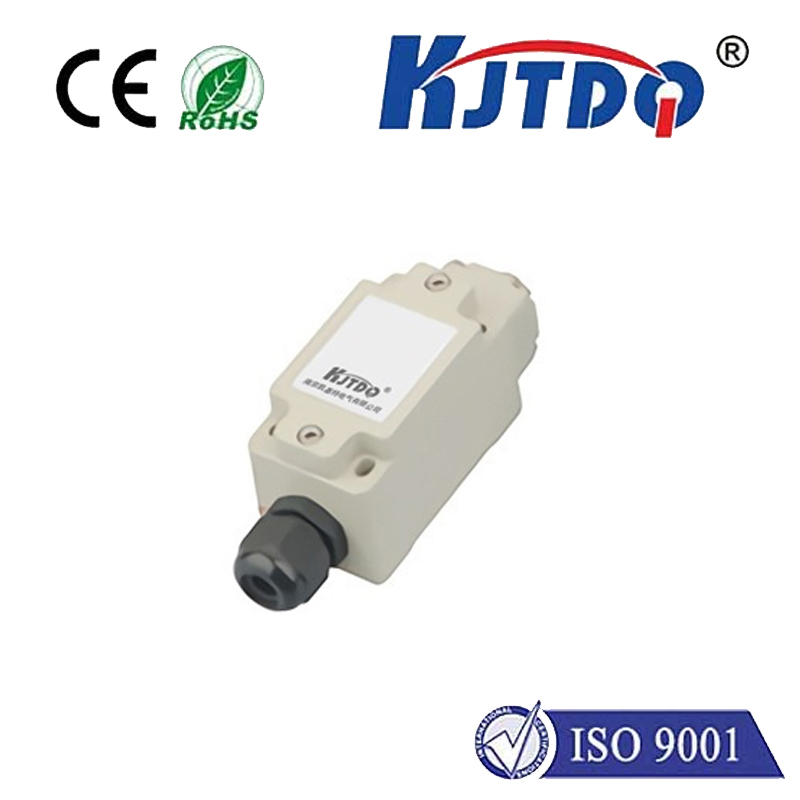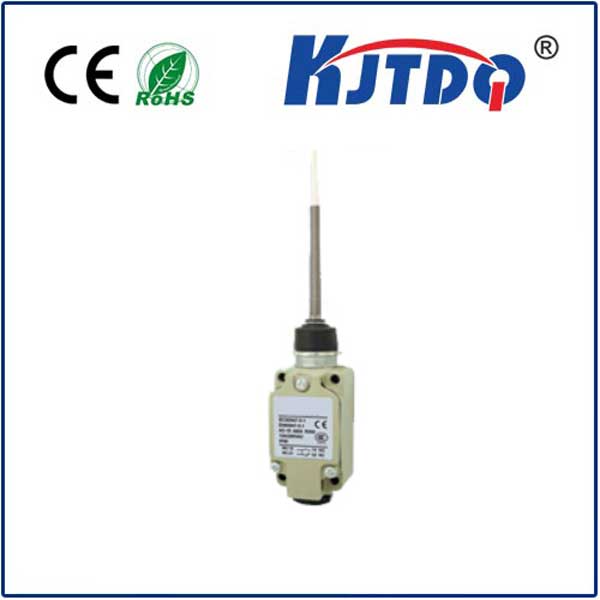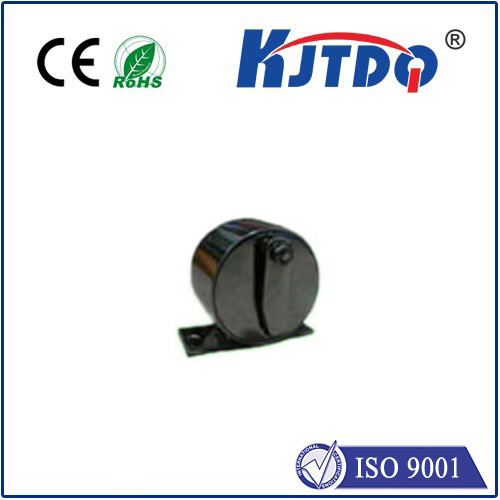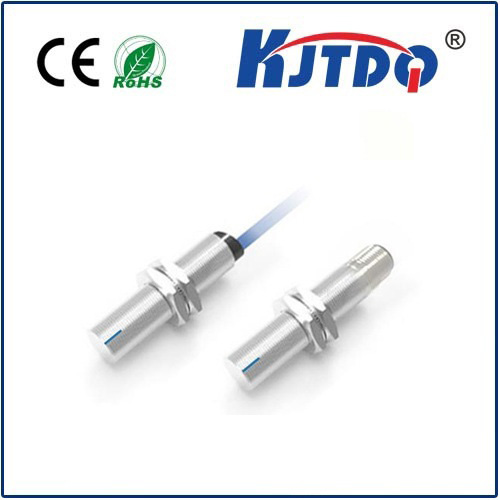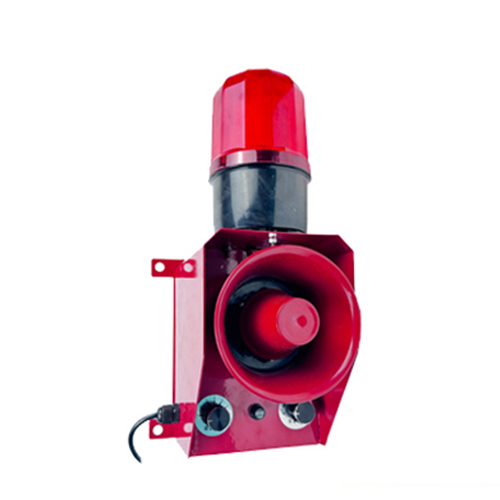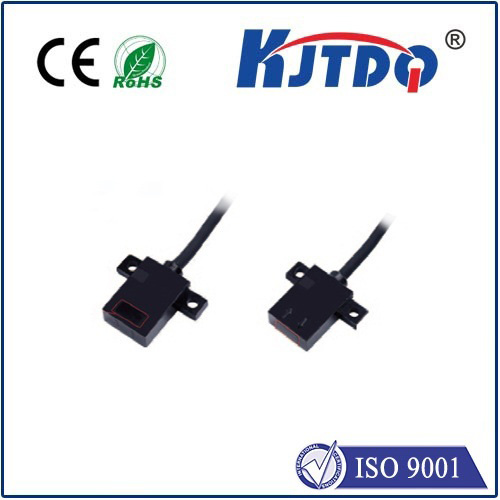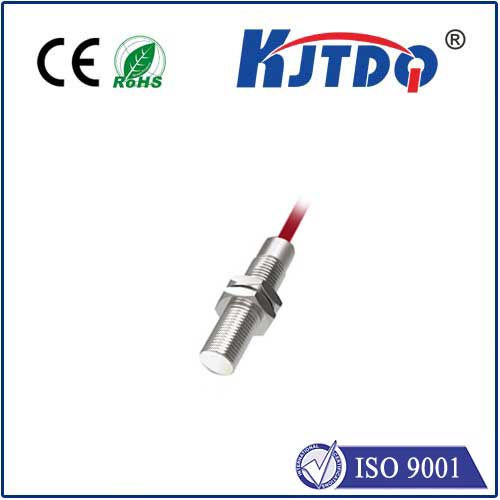

check

check

check

check
FU-101 Optical Fiber Sensor: Revolutionizing Sensing in Modern Applications
The FU-101 optical fiber sensor represents a groundbreaking advancement in the field of sensing technology. Designed for precision and reliability, this sensor leverages the unique properties of optical fibers to provide high-sensitivity measurements across a wide range of applications. Whether used in industrial monitoring, environmental sensing, or medical diagnostics, the FU-101 optical fiber sensor is a versatile tool that is reshaping the way we monitor and respond to real-time conditions.
Optical fiber sensors work by utilizing the interaction between light and the material of the fiber. When light is introduced into the fiber, it undergoes various physical changes in response to external stimuli such as temperature, pressure, strain, or chemical concentration. These changes are then detected and converted into measurable electrical signals, which are used to provide data about the environment. The FU-101 sensor is particularly effective in environments where traditional sensors may be less reliable due to interference, corrosion, or extreme conditions.

One of the key advantages of the FU-101 sensor is its ability to operate in harsh and dynamic environments. Unlike conventional sensors that often require complex installation and maintenance, the FU-101 is compact, durable, and easy to integrate into existing systems. Its design allows for long-term stability and minimal maintenance, making it an ideal choice for applications where uptime and reliability are critical.
The sensor’s performance is further enhanced by its high sensitivity and fast response time. It can detect even minute changes in the surrounding environment, making it suitable for applications such as structural health monitoring, where early detection of anomalies is crucial. In the field of environmental monitoring, the FU-101 can track air quality, temperature fluctuations, and humidity levels with exceptional accuracy. This makes it a valuable tool for both industrial and scientific research.
In the medical field, the FU-101 optical fiber sensor is being explored for non-invasive monitoring of vital signs. By measuring changes in light intensity and wavelength, the sensor can provide real-time data on blood oxygen levels, glucose concentration, and other important physiological parameters. This innovation has the potential to significantly improve patient monitoring and treatment outcomes.
The integration of the FU-101 sensor into various systems is not limited to traditional industries. It is also being adopted in smart infrastructure, where it can monitor the structural integrity of buildings, bridges, and roads. This capability allows for early detection of potential failures and helps in proactive maintenance strategies.
In conclusion, the FU-101 optical fiber sensor is a versatile and reliable tool that is driving innovation in sensing technology. Its ability to operate in challenging environments, provide high-accuracy measurements, and integrate seamlessly into existing systems makes it an essential component in modern applications. As technology continues to evolve, the potential of the FU-101 sensor will only grow, paving the way for a future where monitoring and sensing are more precise, efficient, and accessible than ever before.
